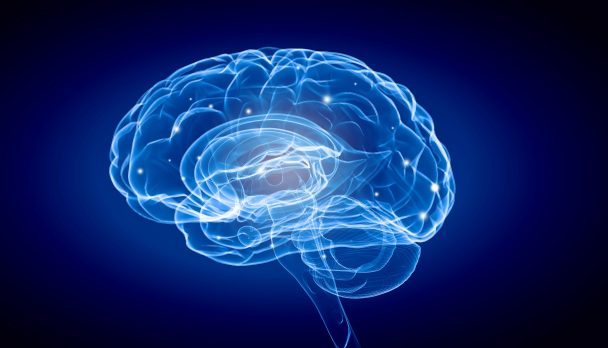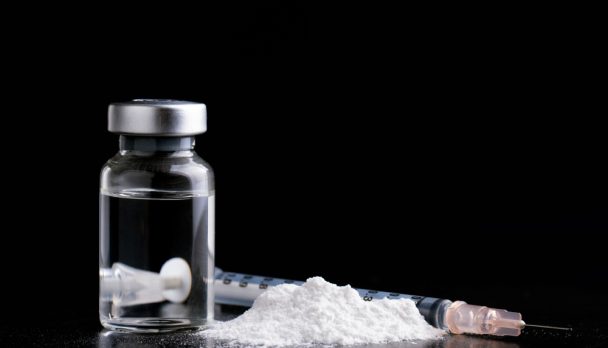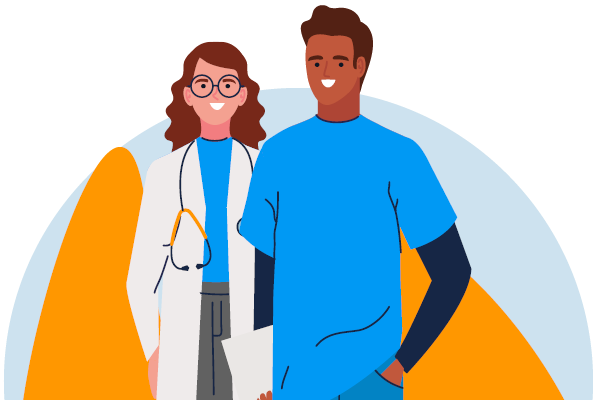New Australian autism guidelines, released today, aim to provide a nationally consistent and rigorous standard for how children and adults are assessed and diagnosed with autism, bringing to an end the different processes that currently exist across the country.
There is no established biological marker for all people on the autism spectrum, so diagnosis is not a straightforward task. A diagnosis is based on a clinical judgement of whether a person has autism symptoms, such as social and communication difficulties, and repetitive behaviours and restricted interests. This is an inherently subjective task that depends on the skill and experience of the clinician.
This judgement is made even more difficult by the wide variability in symptoms, and the considerable overlap with a range of other developmental conditions such as attention deficit/hyperactivity disorder (ADHD), intellectual disability, and developmental language disorder.
Further complicating autism diagnosis in Australia is the lack of consistent diagnostic practices both within and between states and territories. This leads to patchy and inconsistent rules around who can access public support services, and the types of services that are available.
It is not uncommon in Australia for a child to receive a diagnosis in the preschool years via the health system, for instance, but then require a further diagnostic assessment when they enter the education system. This is a bewildering situation that has a significant impact on the finite financial and emotional resources of families and the state.
The new guidelines aim to address these inconsistencies and help people with autism and their families better navigate state-based support services. It also brings them into line with the principles of the National Disability Insurance Scheme (NDIS), which seeks to determine support based on need rather than just a diagnosis.
National guidelines
In June 2016, the National Disability Insurance Agency (NDIA) and the Cooperative Research Centre for Living with Autism (Autism CRC), where I’m chief research officer, responded to these challenges by commissioning the development of Australia’s first national guidelines for autism assessment and diagnosis.
We undertook a two-year project that included wide-ranging consultation and extensive research to assess the evidence.
The guidelines do not define what behaviours an individual must show to be diagnosed with autism. These are already presented in international manuals, such as the American Psychiatric Association’s Diagnostic and Statistical Manual (DSM-5) and the World Health Organisation’s International Classification of Diseases (ICD-11).
What the new guidelines provide is a detailed description of the information that needs to be collected during a clinical assessment and how this information can be used to inform the ongoing support of that person, including through a diagnosis of autism.
The guidelines include 70 recommendations describing the optimal process for the assessment and diagnosis of autism in Australia.
Understanding strengths and challenges
A diagnostic assessment is not simply about determining whether a person does or doesn’t meet criteria for autism. Of equal importance is gaining an understanding about the key strengths, challenges and needs of the person. This will inform their future clinical care and how services are delivered.
In essence, optimal clinical care is not just about asking “what” diagnosis an individual may have, but also understanding “who” they are and what’s important to their quality of life.
We know diagnosis of autism alone is not a sound basis on which to make decisions about eligibility for support services such as the NDIS and state-based health, education and social support systems.
Some people who meet the diagnostic criteria for autism will have minimal support needs, while other individuals will have significant and urgent needs for support and treatment services but will not meet diagnostic criteria for autism at the time of assessment.
Some people may have an intellectual disability, for example, but not show the full range of behaviours that we use to diagnose autism. Others may present with the latter, but not the former.
In the context of neurodevelopmental conditions such as autism, it is crucial that a persons’s needs – not the presence or absence of a diagnostic label – are used to determine eligibility and prioritisation of access to support services.
What may influence an autism assessment?
The guidelines also detail individual characteristics that may influence the presentation of autism symptoms.
Gender is one key characteristic. Males are more commonly diagnosed with autism than females. But there is increasing evidence that autism behaviours may be different in males and females. Females may be better able to “camouflage” their symptoms by using compensatory strategies to “manage” communication and social difficulties.
It is similarly important to consider the age of the person being assessed, because the presentation of autism symptoms changes during life.
The guidelines provide information on how gender and age affect the behavioural symptoms of autism. This will ensure clinicians understand the full breadth of autistic behaviours and can perform an accurate assessment.
The next step is for all clinicians and autism service providers across Australia to adopt and implement the guidelines. This will ensure every child and adult with autism can receive the optimal care and support.
Expert/s: Prof Andrew Whitehouse






















